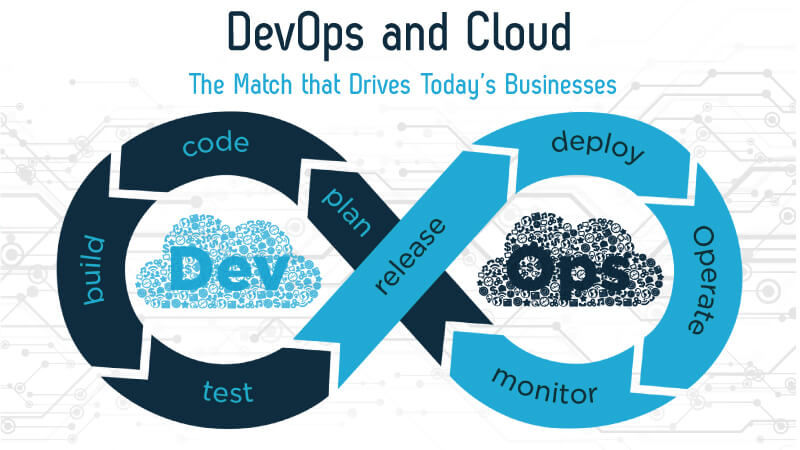Over the recent years, DevOps and Cloud automation has garnered a lot of attention because of their capability to address some key transitions in IT. Playing a big role in some of the biggest digital transformations of the era, DevOps and Cloud are oft-touted vital for the success of the corporations in today’s swiftly changing world.
DevOps is all about process and its improvement whereas Cloud is referred to as technology, automation, and services. In the software development life cycle, there is no better companion for DevOps than cloud. Driven by agility and an efficient approach, DevOps helps in quick, quality, continuous software delivery, whereas Cloud is responsible for the scalable and agile performance of the software execution. In order to unlock the full potential of the cloud automation, DevOps and Cloud go hand-in-hand.
Reasons DevOps and Cloud need each other:
Trend 1: Transition from product to service
Today’s millennial customers are becoming aware of their interaction with the brand and not only want great products, but also demand great personalized experiences to use these products. Hence, many forward-thinking companies are in the midst of transitioning from a product economy to a service economy. For example:
- Android and iPhone include customer service as a part of their product package.
- Even BMW offers daily car maintenance in the price of the new car.
- Mobile and computer technologies include food delivery, Maps, GPS, online banking and food delivery as a service with their product delivery
How to achieve this?
This swing from the product as a concern to now service as a priority is also reflected in the software delivery, enabling companies to include innovation, speed, reliability, frequency, and operation on customer’s behalf. Now with cloud automation, companies are able to move their focus from machine-based functions to software-as-a-service, platform-as-a-service, and infrastructure-as-a-service, and DevOps helps integrate user experience smoothly by eliminating the gap between support and development.
Trend 2: Shift from stability to agility
With an increase in the speed of production, companies are challenged to change their go-to-market strategy and shift their focus from efficiency and stability to innovation and agility. Faster innovations in technology lead to shorter work cycles, inventive designs, and rise in the delivery frequency.
The advent of social media marketing and internet technology are shifting the power from production and keeping consumers at the centre. Branding and marketing functions now respond to consumer behaviours rather than activate it. From SME’s to start-ups, companies must empower creative responsiveness and focus on reducing waste.
How to achieve this?
It’s time IT organizations, right from production to development, enable software as a service with the help of DevOps methodologies and Cloud automation. DevOps coupled with cloud helps in determining quality outcomes in the customer experience. This cross-department and cross-functional collaboration enhances operations and helps in gaining the market advantage.
Trend 3: Digital infusion with materials and process
One thing digital transformation has taught us is that hardware and software must work together. The digital dimension is completely imparting the physical dimension, raising the stake for IT. Do you look for books in the local library or online? Is your office building a marvel of HVAC system or Big Data?
How to achieve this?
Every corporation must adapt to the collaboration of digital application with material mechanisms. While DevOps offers innovation in software development and continuous reliability to its users, Cloud, on the other hand, offers ease of use and quality in the product through automating the operational performance. Therefore DevOps in combination with Cloud meets user expectations with the help of powerful execution.






